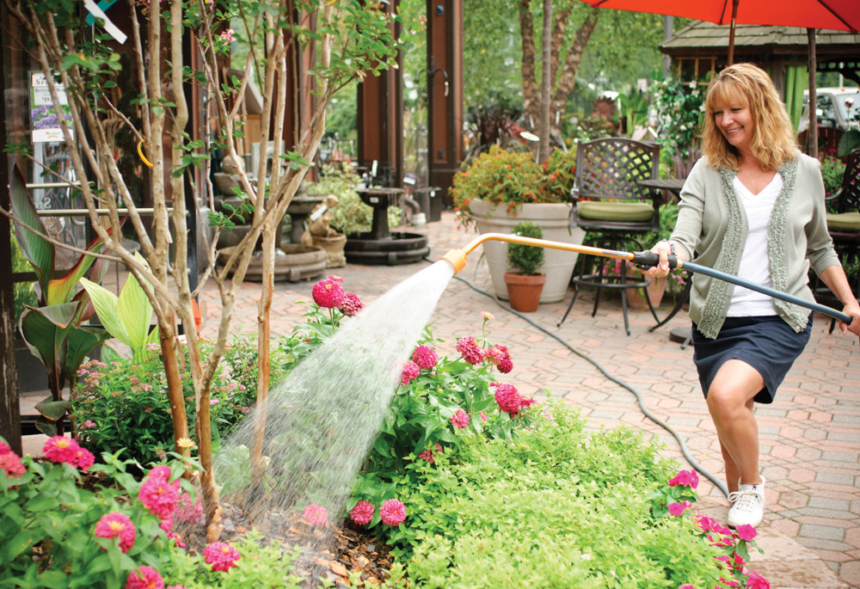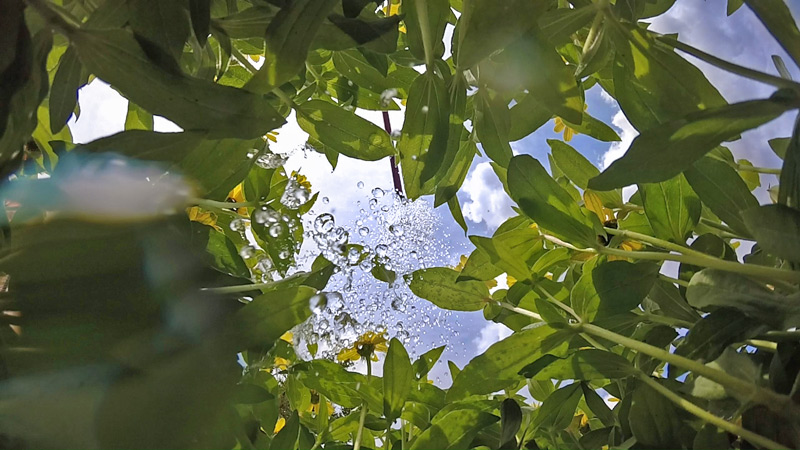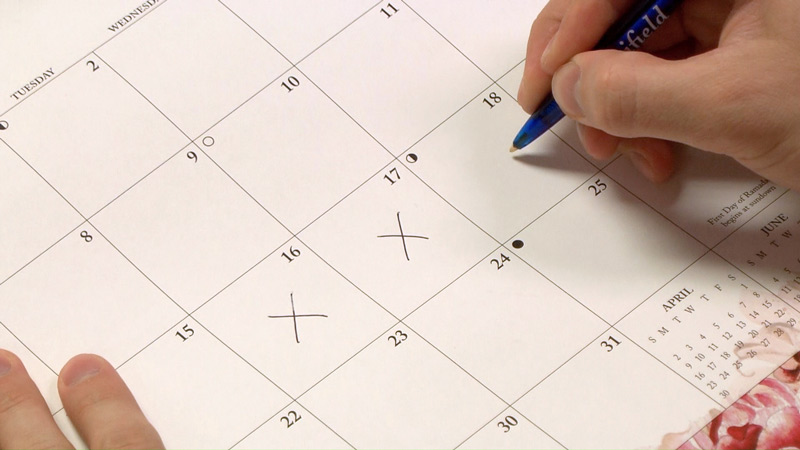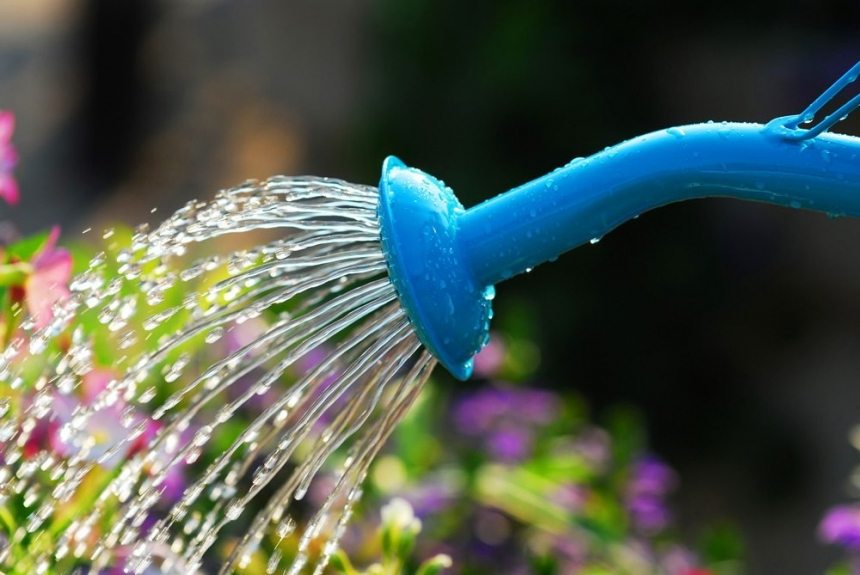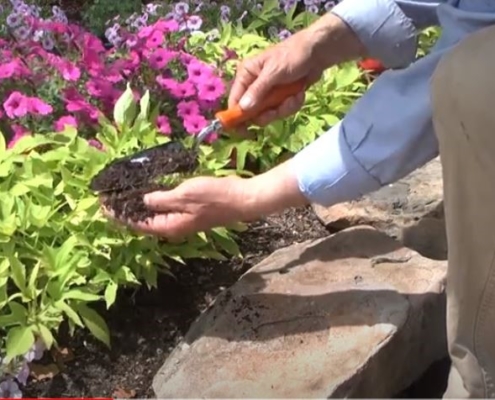Paul Knight, Merrifield Plant Specialist
Growing houseplants is a fun and rewarding hobby that can truly enhance your interior spaces. Houseplants naturally soften the straight lines and hard edges of furniture, cabinetry and other architectural elements, and make your home healthier by absorbing carbon dioxide and providing clean oxygen in exchange.
For many, the idea of growing plants inside the home may seem like an intimidating endeavor. But once you understand a plant’s ideal growing conditions, you will be able to easily enjoy plants that otherwise wouldn’t be able to survive in our area.
There are two important factors to consider when selecting a tropical houseplant: light requirements and moisture preferences. Understanding the light requirements will ensure you choose a plant that will thrive in your location. Understanding the moisture preferences will help you select a plant you can monitor and water regularly.
Light
Just like outdoor plants, light is the most important factor to consider when choosing where indoor plants can grow. Different areas of your home will have different levels of light intensity, depending on the number of windows and the directional exposure of those windows (north, south, east or west). Indoor plants typically require one of the following light levels.
Direct Light: Two to five hours of direct sun, daily
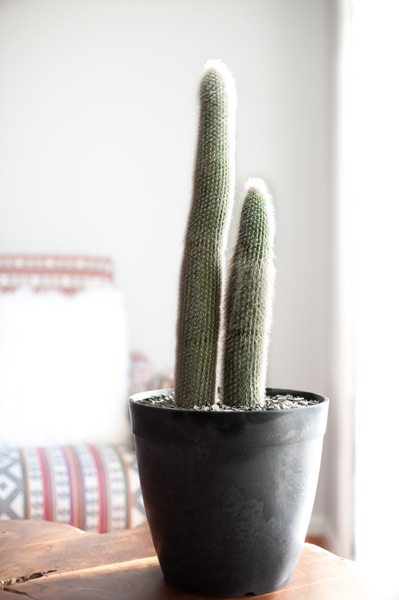
You can find direct light in sunny areas of your home within one to two feet of an unobstructed south or west facing window. In these spaces, the sun should directly touch the plant. Indoor plants that thrive in direct light locations include:
- Cacti
- Ficus
- Gardenia
- Jasmine
- Bougainvillea
- Citrus
- Hibiscus
- Succulents
Bright, Indirect Light: Three to four hours of early morning or late afternoon sun
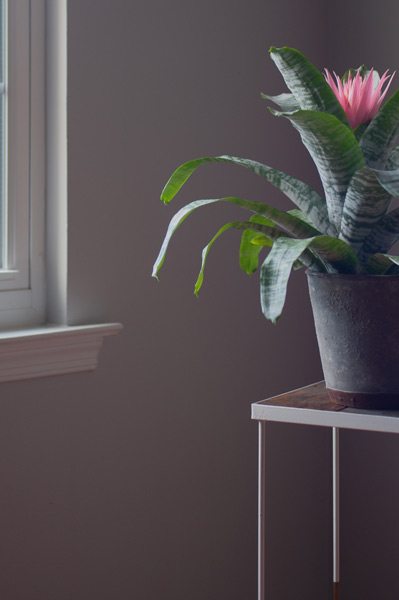
Bright, indirect light is an all-purpose light level in which foliage plants thrive and flowering plants are maintained. You can find bright, indirect light in an unobstructed east facing window or a few feet back from a south or west facing window. In these areas, you will be able to cast a shadow in the room. Indoor plants that enjoy bright, indirect light include:
- African violets
- Anthurium
- Cyclamen
- Violets
- Orchids
- Bromeliads
- Palms (Areca, Bamboo, Majesty)
- Aralias
Moderate to Low Light: Two to three hours of indirect sun to light that is not bright enough to cast a shadow
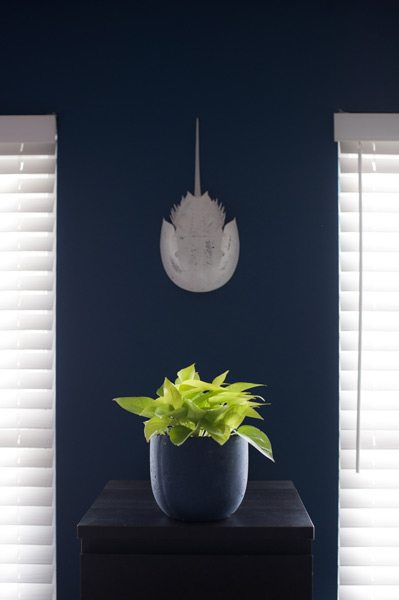
You can find moderate light several feet back from a west or south facing window, or right next to an obstructed north facing window. In moderate light areas, there is enough light to read in the room. You can find low light areas a foot or more away from a north facing window or back from an east or west facing window that receives moderate light. Indoor plants that enjoy bright, indirect light include:
- Peace lily
- Chinese evergreen
- Dracaena
- Sanseveria
- Cast iron plant
- Pothos
- Snake plant
- Philodendron
Water
All plants require water to survive. While some houseplants prefer to remain moderately moist, others prefer to be on the dry side. For example, ferns, carnivorous plants, spathiphyllum and citrus (when they’re in bloom) all prefer to be on the moist end. Dracaena, cast iron plant, sanseverias and succulents all prefer to be on the slightly dry side.
There are two basic rules to follow to ensure proper watering:
- Before you water your plant, always check the soil first to see if it needs water.
- When your plant does need water, always water thoroughly.
You can use a moisture meter, the sharp end of a pencil, a popsicle stick or your finger to check if your plant needs water. Insert your tool of choice into the soil at least 1/3rd deep into the soil. Some plants that prefer to be on the drier side will require that you check the soil at a deeper level. Our greenhouse team will be able to tell you the specific depth at which you should check for any plant you select.
When you insert the tool into the soil, turn it in place and then lift it out of the pot. If the plant is sufficiently moist, you will see light moisture marks and specs of soil. If the plant is dry and in need of water, the pencil will have very little, if any, moisture marks or soil specs on it.
How to Water
When it’s time to water your houseplants, you can either take it to the sink or water it in place with a saucer underneath. If you water in the sink, run lukewarm water over the soil until water runs all the way through and out of the holes at the bottom of the pot. If you plant is on the smaller side or covers most of the pot, try filling up a small watering can or cup with a spot and pour water into the pot to reduce mess.Turn the water off and let the plant sit for a few minutes. Then repeat this method one or two more times. Be sure to allow all of the water to drain out of the bottom of the pot before putting it back in place.
If you water in place, pour lukewarm water over the soil until the water runs all the way through and out of the bottom of the pot into the saucer. Let the plant sit for five to ten minutes. If there is no water in the saucer, pour water over the plant again until it runs out into the saucer at the bottom and let it sit. Repeat this process until the water level in the saucer stops dropping. When done, empty the saucer or wick away any excess moisture.
We invite you to come explore the many different houseplans at our three greenhouse locations. Our greenhouse plant specialists look forward to helping you select a plant that will fit your personality and thrive in your light conditions!


